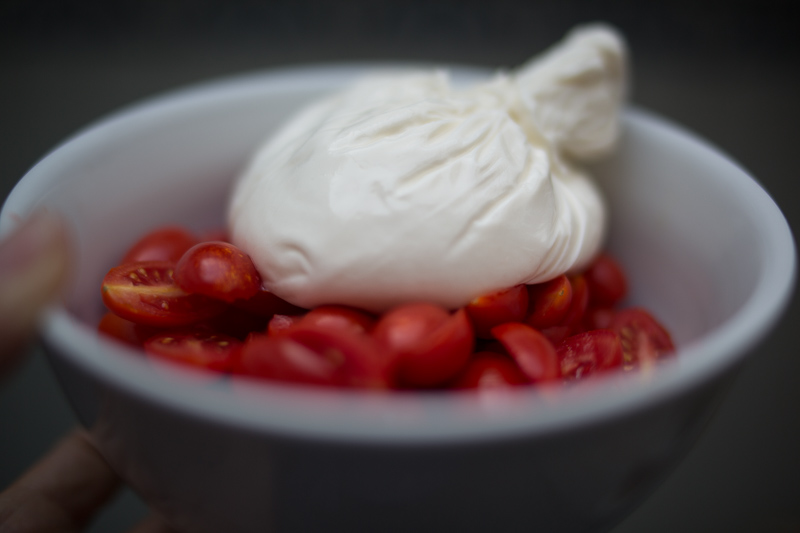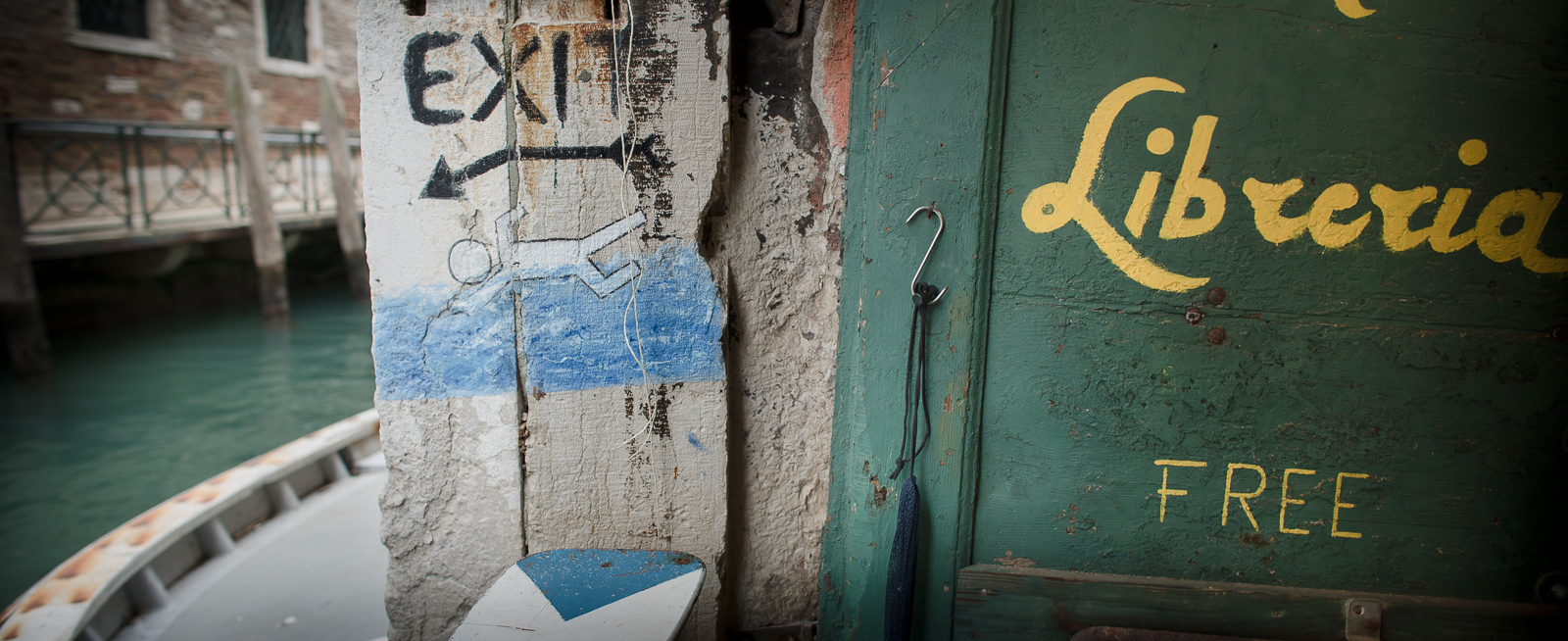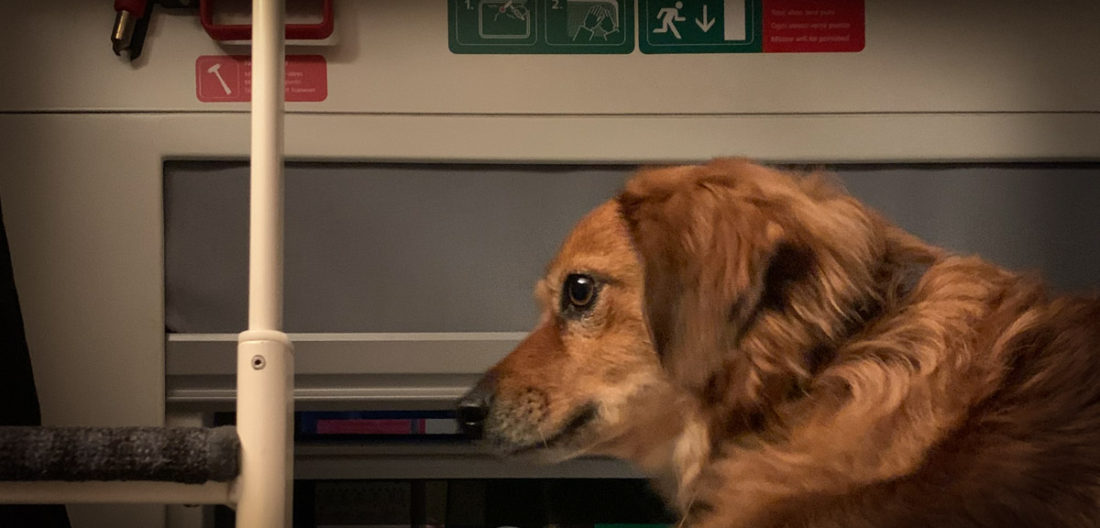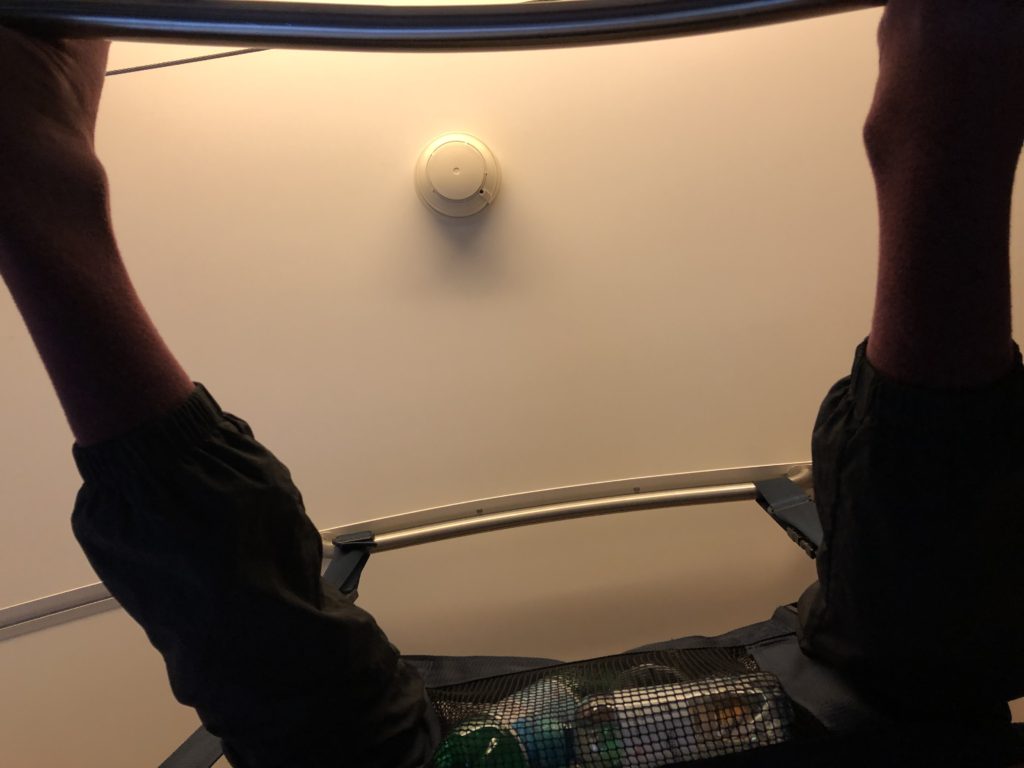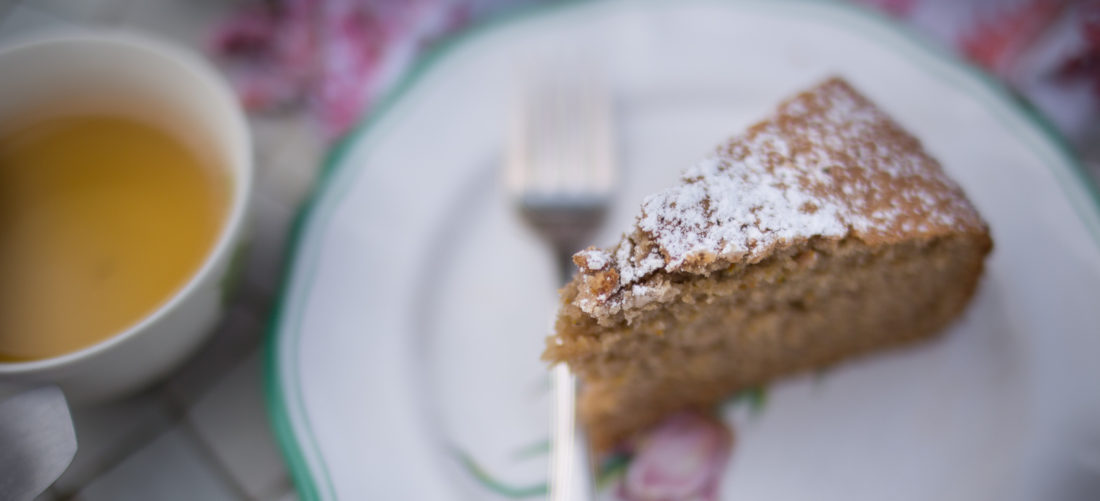Venice discoveries
I love Venice but I’ve always hated the area around the Rialto Bridge. It’s too crowded, usually hot, and lined with the kind of restaurants where they try to lure you in as you walk by waving menus in English coated with plastic. My preferred neighborhood, Dorsoduro, feels more local and I’ve shared my favorite haunts here. But when we decided to go to Venice recently for John’s birthday to take advantage of the lack of crowds, we booked a hotel a friend had recommended that was smack dab in the middle of the Rialto Bridge area and we discovered a couple of gems.
The Hotel al Ponte Antico is a restored palazzo right on the Grand Canal next to Rialto Bridge. We went a little nuts for John’s birthday and booked their Junior Suite with Patio with glass doors that opened onto a private quai on the Grand Canal. No railings, no separation, just the traffic and trade of the canal passing by at eye level. The main photo above is the table outside our room. They also have a memorable porch for breakfast and aperitivi. No long lens in this shot—Rialto really is that close. The hotel has less than 10 rooms so it is lovely and intimate. We were lucky enough to have had the whole place to ourselves.
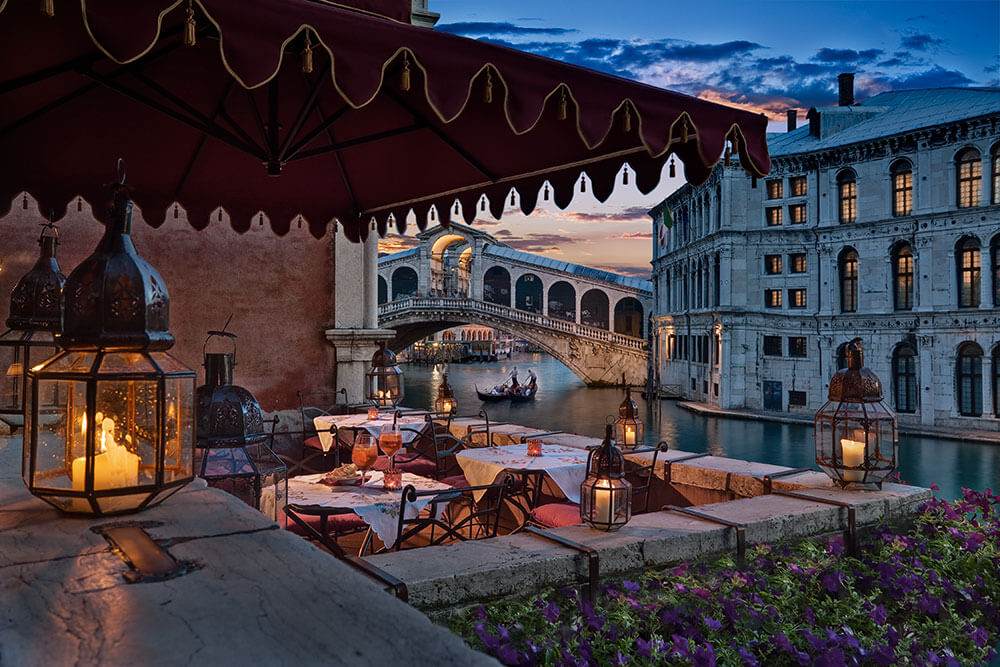
The restoration from a nearly empty shell took years and unleashed all the monkeys in the zoo at the Venetian Planning Department. The two brothers who own the hotel were completely hands-on during the restoration and were joined daily by at least one Venetian official who watched over everything. One day they were painting the exterior wood trim of a multi-paned glass door overlooking the Grand Canal a certain city-approved shade of brown with a hint of red. On the inside the owner asked the painter to mix in a touch more of the red which they applied as a test to a small section of the door. The planning official then stopped work because the color had too much red. They offered to paint it over immediately with the approved color they were applying outside but the damage had already been done. All work on site was halted for two weeks and they had to pay a penalty. He recently received a certified letter saying that he must report to jail for the offense. This he shrugged off saying that the jail sentence would be reversed with yet another fee.
Good food in Venice is hard to find as so many restaurants are geared to tourists. We found Ai Mercanti in a tiny, nearly impossible to find square that offers innovative, local, and delicious food. And we discovered that even a stone’s throw away from the main tourist thoroughfares this area of Venice has its share of locals, quiet streets, and hauntingly beautiful canals.
The islands are always fun to explore and easy to access via the Vaporetto line 1. We headed out to Burano, nestled next to Torcello. Burano is a fishing village famous for its brightly painted houses and lace. The houses were even more vibrant in color than what I was expecting and a visual delight.
But what really made the trip special was a destination lunch at Venissa, which is on a tiny adjoining island accessible by footbridge. Venissa has a Michelin star and a large garden where they grow their own grapes for an acclaimed white wine. We ate next door to the one-star at their more casual Osteria Contemporanea.
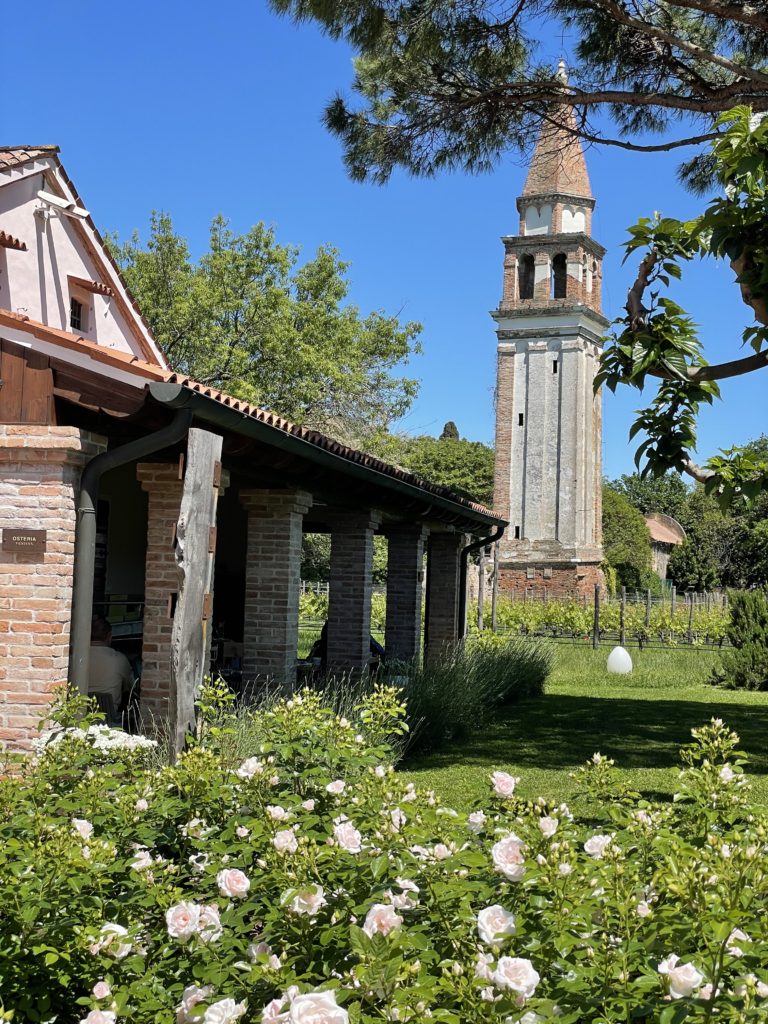
The tasting menu was diverse and delicious but most interesting were the paired wines—all whites— which were unusual and lovely. We’ve ended up tracking several down to have at home. Two of the four were from a small winery near Padova, Maeli, who takes advantage of their highly volcanic soil to produce some interesting sparkling wines featuring yellow Muscat grapes. We had their Dila Sparkling Wine and their Diloro Fior D’Arancio dessert wine—both fabulous—and I saw that they are available at a couple of US retailers. Maeli is headed by a woman winemaker, Elisa Dilavanzo, as is one of the other whites we loved, Arianna Occhipinti’s SP68 Bianco, from Sicily. Venissa has a small hotel and offers cooking and wine courses.



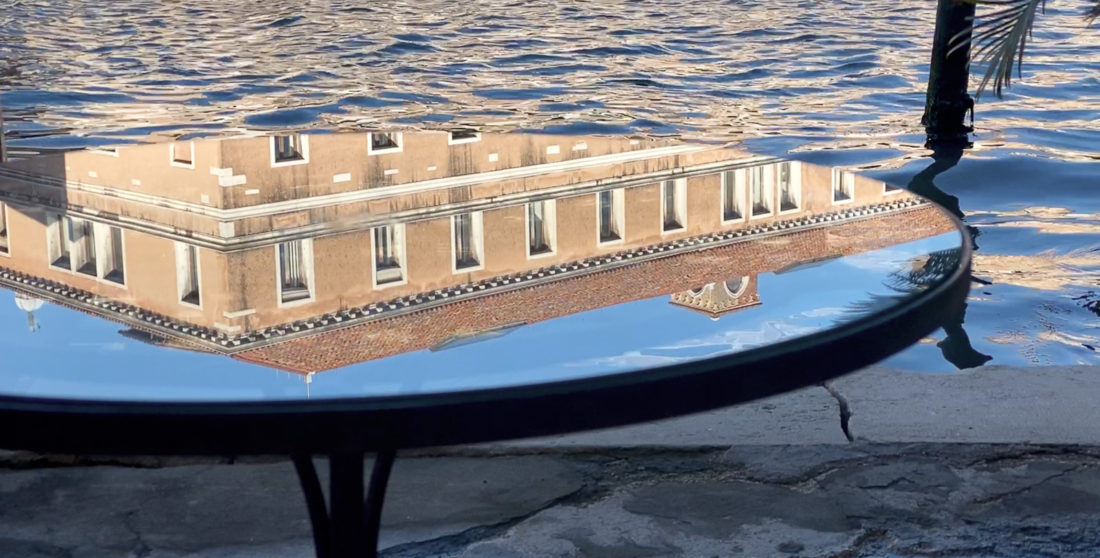




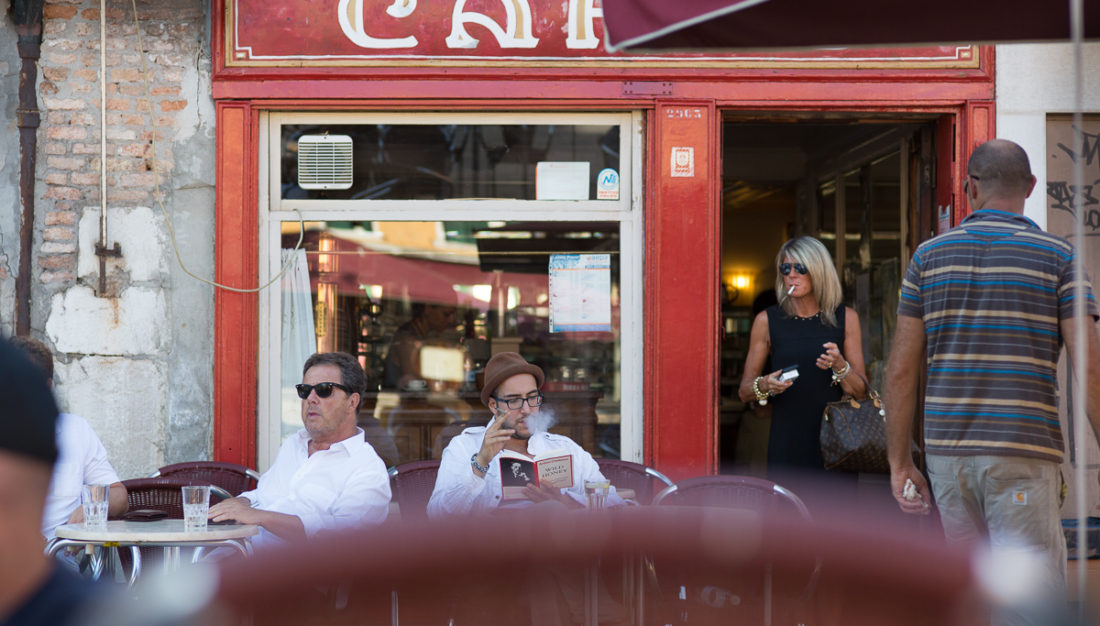
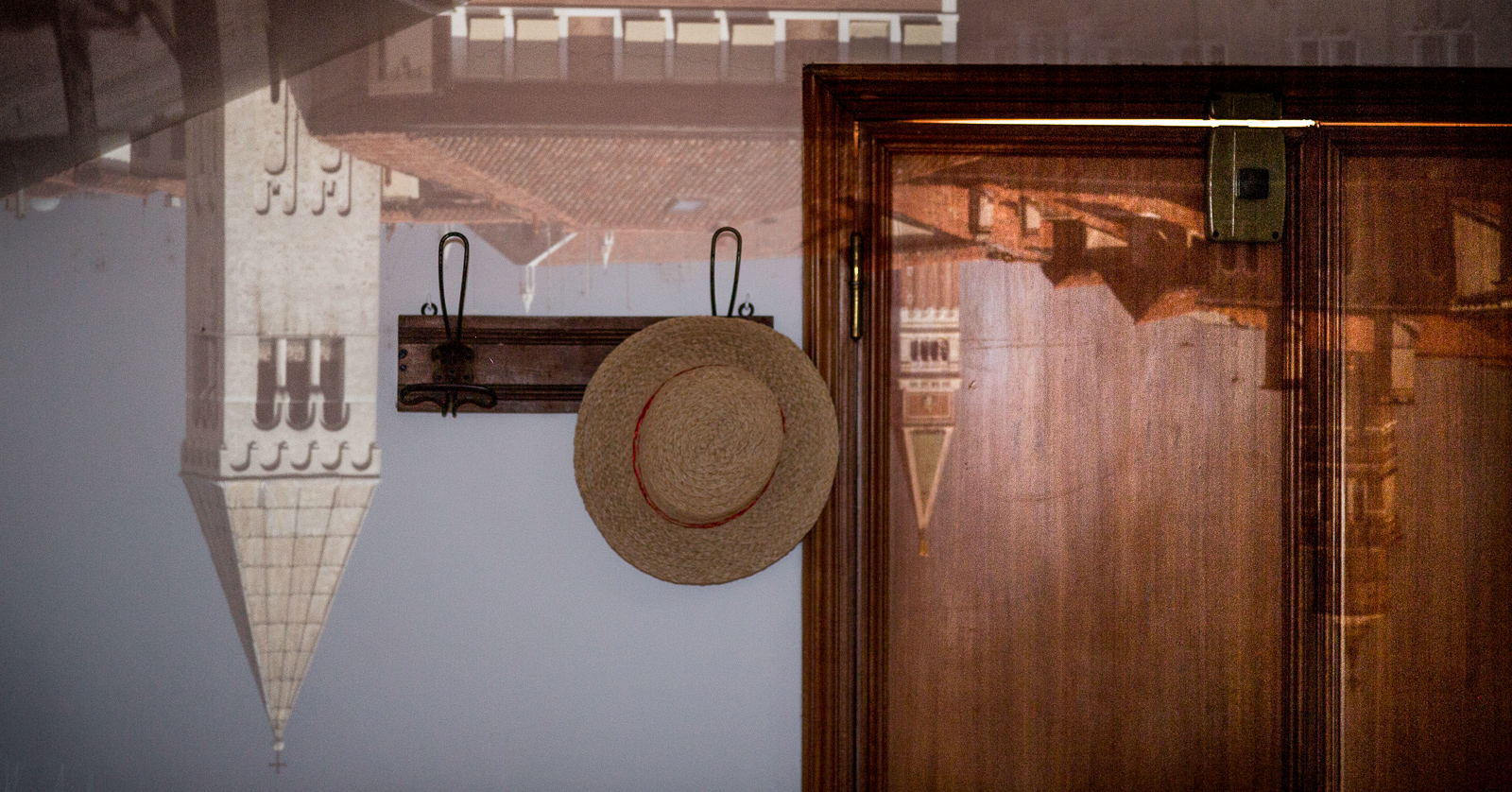

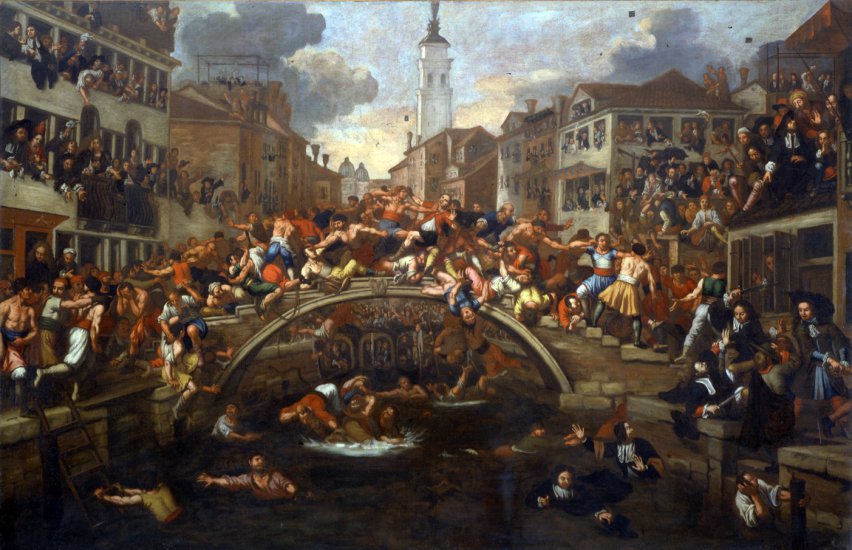 outlawed in 1705, because of the injuries and fatalities.
outlawed in 1705, because of the injuries and fatalities.